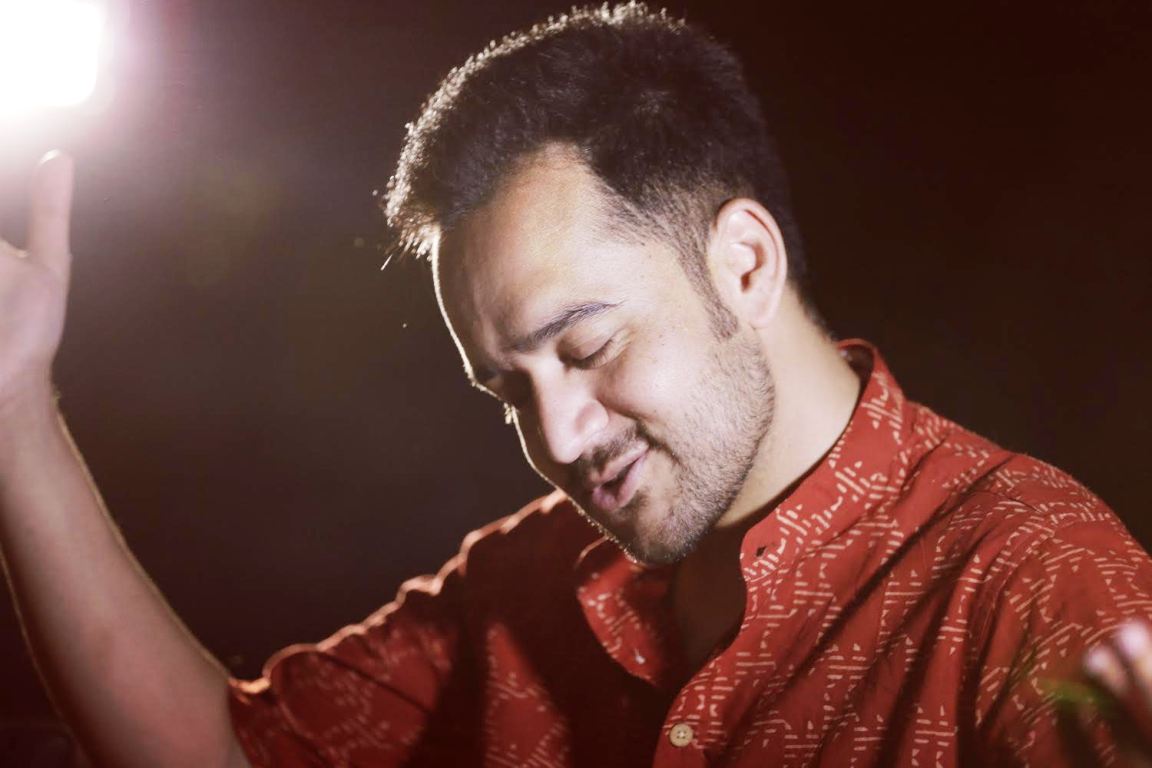Musicians performing Sufiyana ragas in parties that ran all night are a thing of the past. A few young artists have now taken up the job of revival to save the art from extinction. Sheikh Saqlain narrates the story.
After two decades of sound of explosions and roar of daily gunfire in Kashmir, there is something new in a hamlet at the edge of the conifer forest on outskirts of Srinagar: the quiet struggle to save a musical tradition.
Inside a dimly lit room of a mud and brick house, half a dozen teenagers, cradle music instruments and their notebooks and listen raptly as Mushtaq Ahmad, a music teacher speaks about Sufiyana Moseqi or classical music of Kashmir.
“This art (Sufiyana Music) was once pride of Kashmir, it is said that this music is dying too fast,” Ahmad told his students. “The music of the Sufis is on the verge of extinction. And we are making a humble attempt to revive it.”
Over the decades, the strains of the 600-year-old haunting musical form, drawn from the rituals and teachings of the Sufis or mystics, had been drowned out because of neglect of authorities and insurgency. Of the 180 ragas or melodies referred to in ancient scripts, music in Kashmir, the heart of Sufi Islam in the subcontinent, has already lost 130, and the Hafiza dance, associated with it. Hafizas or female dancers disappeared from
Kashmir’s cultural stage in the 1940s after some were linked with prostitution.
Saze Kashmir, a violin-like main instrument of the ensemble, has only one living exponent left in all of Kashmir, Gulam Mohammad Saznawaz. The surviving instruments are the stringed santoor and Kashmiri sitar as well as the dhokra, a percussion instrument. A Kashmiri musicologist, Sheikh Abdul Aziz, preserved the surviving 42 melodies by notating them over the past 15 years in a four-volume monumental book Kashur Sargam or Kashmiri music. The fourth volume was published early this year three years after Aziz’s death.
Aziz, who also wrote grammar of Sufiyana Ramoze Mosaqi or secrets of Music, blamed the disappearance of the arts on the passing of a tradition of royal patronage and the carelessness of the New Delhi who took over in 1947, when the princely state of Jammu and Kashmir acceded to India at the end of British rule.
Most of the Kashmiris, who have long list of complaints against India, blamed rulers in New Delhi for the extinction of their rich Music. “New Delhi has a colonial approach…Music and arts of the subcontinent flourished after partition…why Kashmir’s music is dying,” Mohammad Abdullah a musician said. “They aided arts every where across India but not in Kashmir.”
But few musicians explained that the tradition of verbally passing down melodies from generation to generation also contributed to the disappearance of many Kashmiri art forms. “With the passage of time, Kashmir has lost a precious part of its culture,” says Mushtaq Ahmad, a young Sufiyana musician teacher, trying to sing in unison with the students.
Come, come, whoever you are.
Wonderer, worshipper, lover of leaving.
It doesn’t matter.
Ours is not a caravan of despair.
Come, even if you have broken your vow
a thousand times
Come, yet again, come, come.
The area reverberated with sound of music and lyrics of Persian poet Moulana Rumi.
Sufiyan Moosaqi is a style of choral music performed by five to ten musicians. Most of the text of the songs are Sufi poems in twentieth century practice, the lyrics are also in Kashmiri language. But in the past poems in Urdu were also used.
For several centuries Persian was the language of learning and administration in Kashmir, and Kashmiris learned to master its use. The traditional context for the performance of the Sufiyan Mosaqi is the Sufi Mehafil, a meeting for a fraternity. The Sufi Mehfil also functions as a social occasion which reinforces the bonds within the Sufi community.
An American music researcher and former head of Ethnomusicology Department of Maryland University, Jozef M. Pacholczyk, in his book says that Sufiyana seems to be in a state of severe decline, a trend that he says can be traced to numerous factors. “The number of competent musicians has been steadily diminishing in past decades and they have not been replaced by same numbers of promising newcomers,” Pacholczyk writes in his book, “The Classical Music of Kashmir.”
He says the recent build-up of social and political tensions in south Asia has created an environment acutely dangerous to such already vulnerable traditions as Sufyana. The last word may be left to Saznawaaz, the 65-year-old maestro of Syfiyana Music. “I have nothing to say, It is painful and I feel helpless that I could not save this spiritual,” murmurs Saznawwaz.
As the old man hits the santoor with pair of strikers his son supports him on tabla and the Sufi concert begins, Hafiz Shirazi’s poetry echoes in the Dewaan Khan in a downtown locality.
Saqi wa Barkhiz Dardeb Jam Ra
Khak Bar Sar Kun Ghame Ayyam Ra
Garche Badnamist Nazde Aqilan
Ma Namiwhwahim Nang O Namra
(O! Saqi! Stand up and pour wine into my cup, Throw dirt on the days of sorrow. If doing so in front of the wise man is considered bad, then we don not need honour or respect.)















